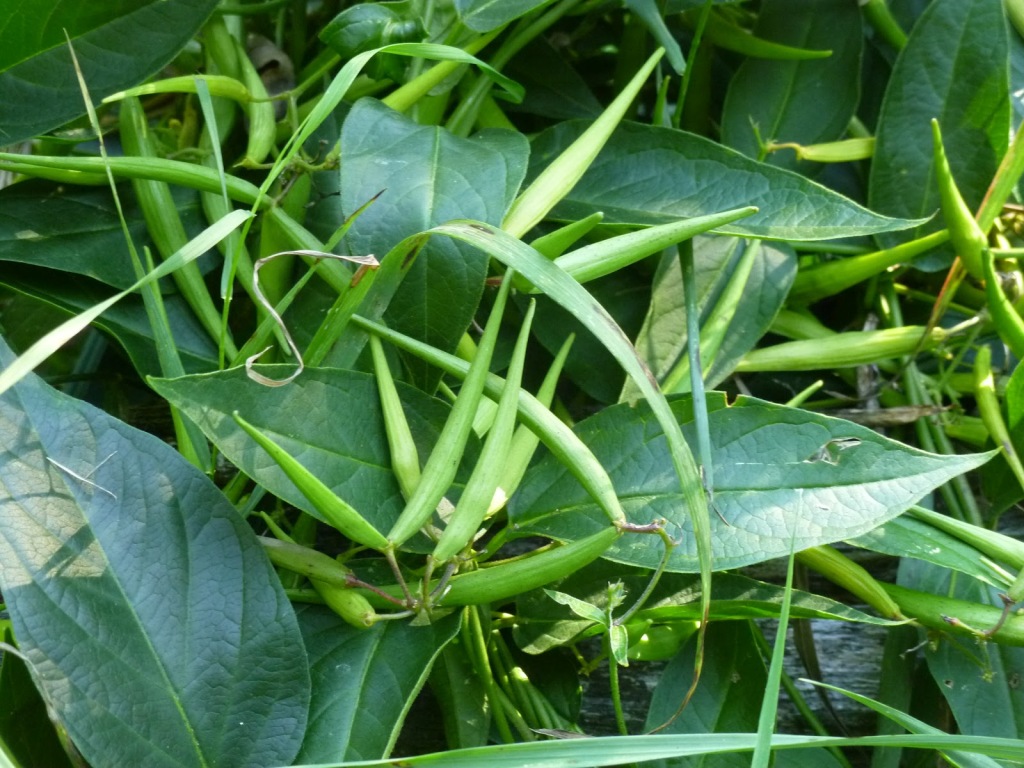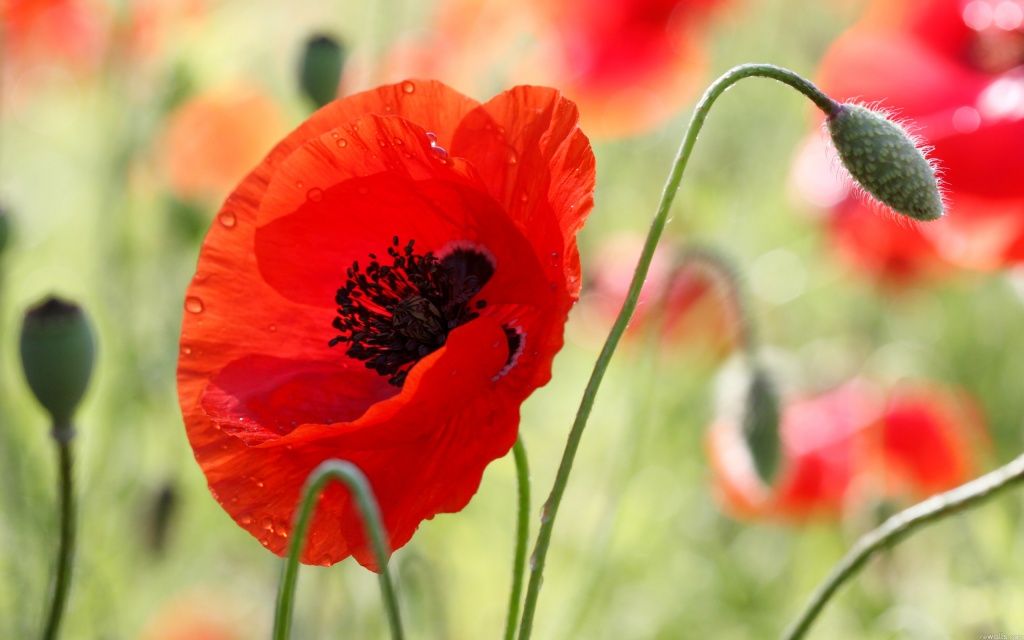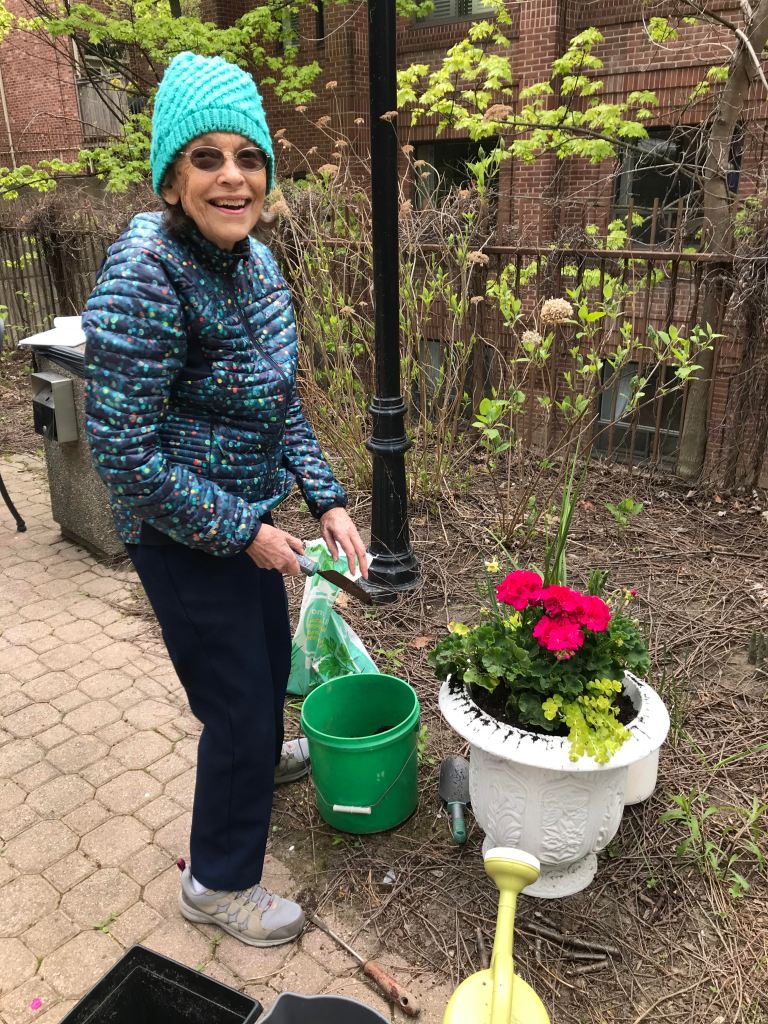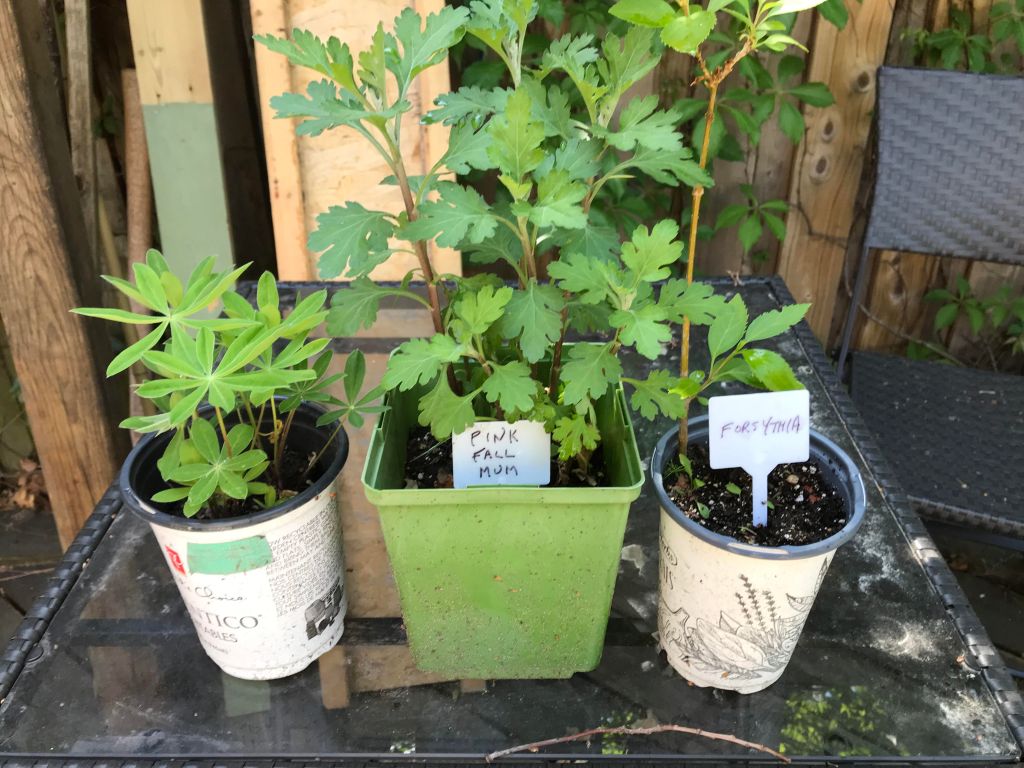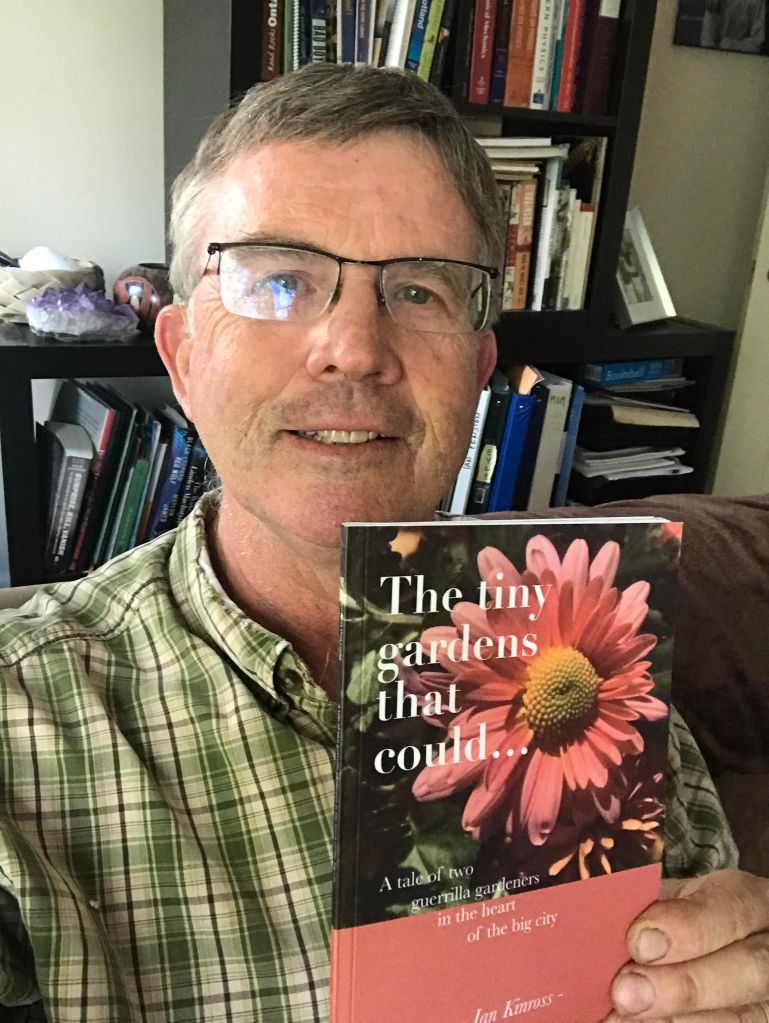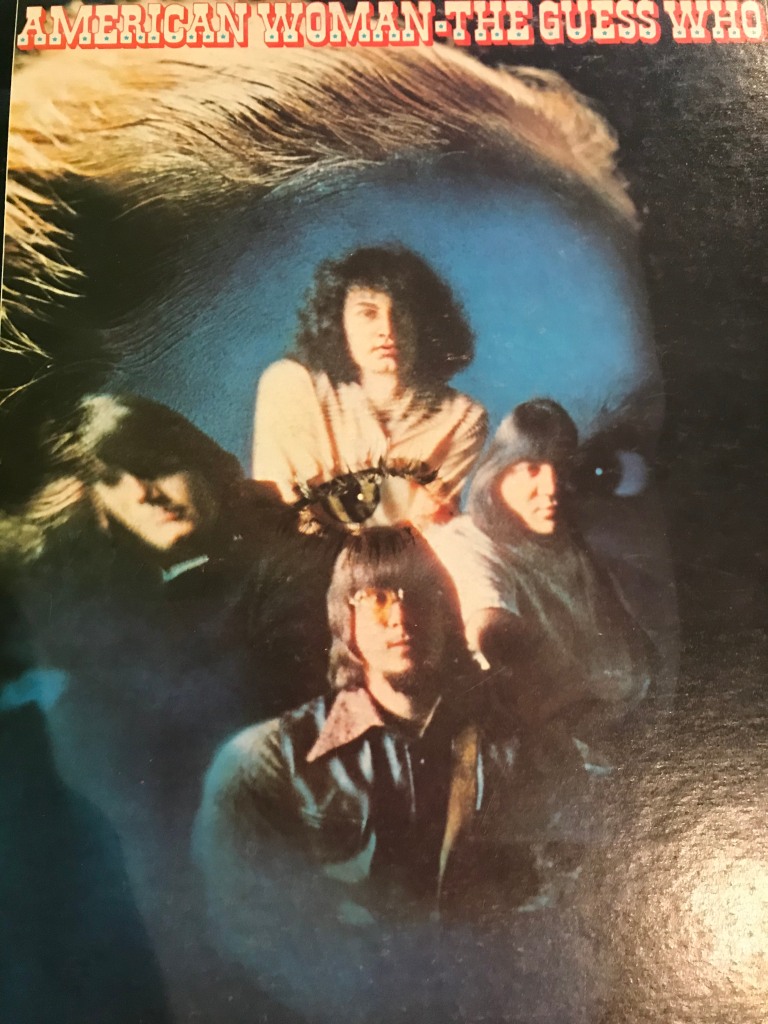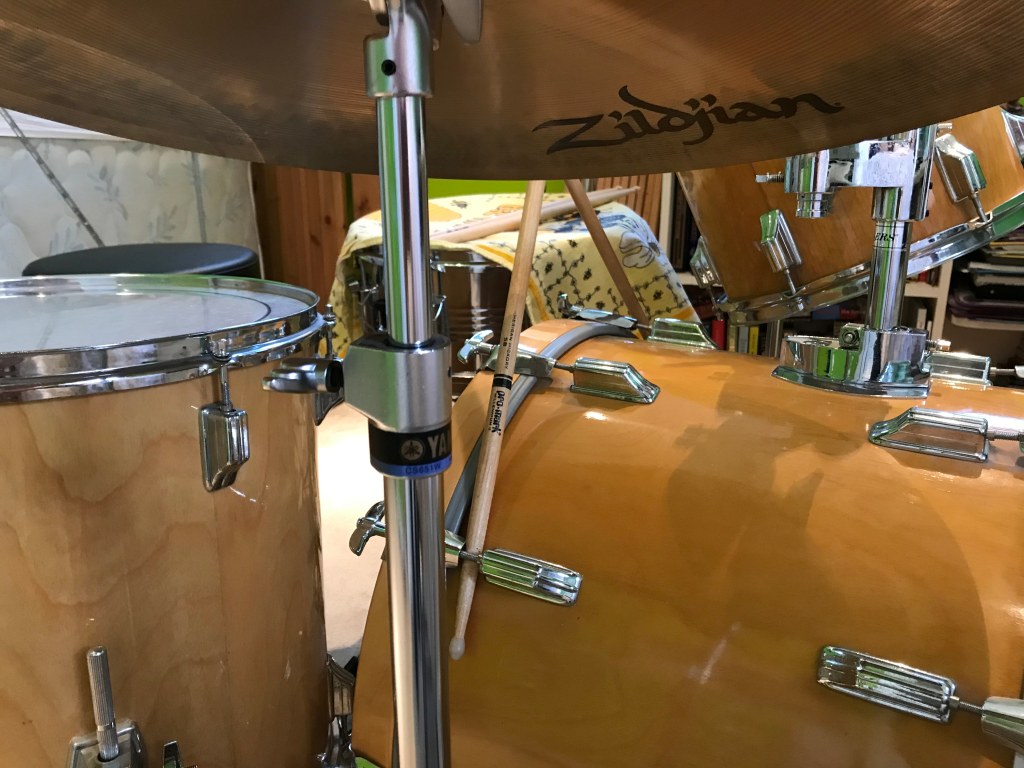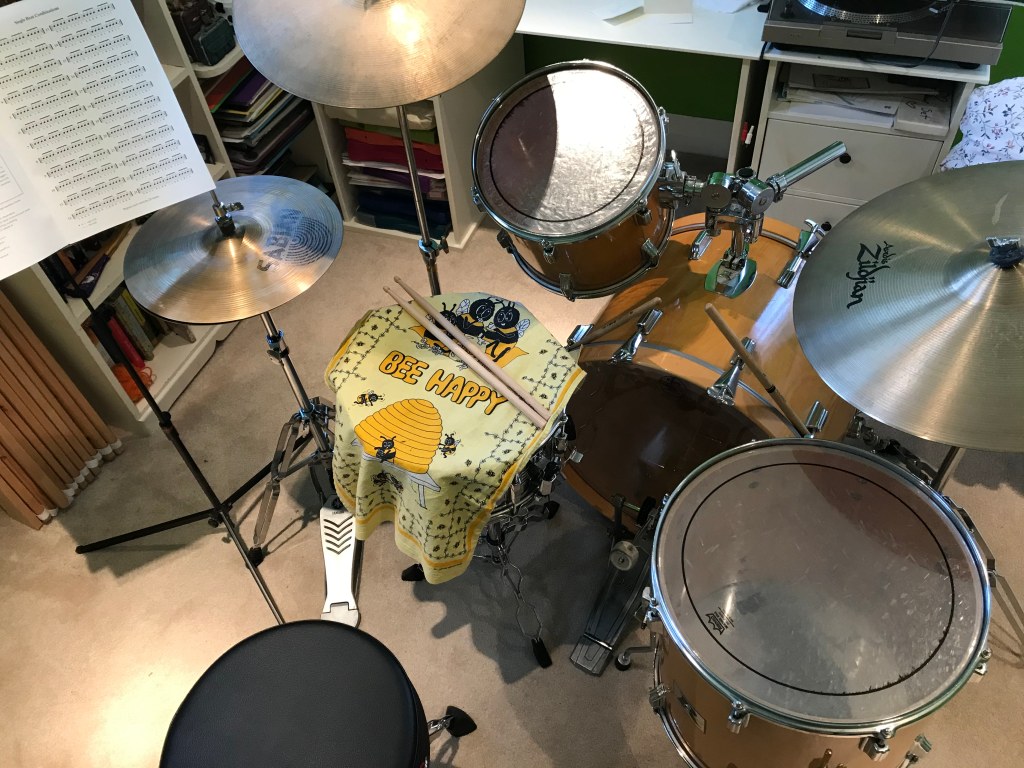I was feeling cocky when I cracked open Stick Control to its first page of exercises for the snare drummer. After all, in trying to make my drumming comeback, I had already tackled several challenging snare drums solos, including an 18-century dance suite adaptation from Anthony Cirone’s Portraits in Rhythm.
My friend and fellow percussionist Ward had reminded me about Stick Control and I remembered it from my drum-lesson days in the 1970s. During my recent pilgrimage to musical instrument store Long & McQuade, I picked up a copy of the music book, along with a new pair of sticks.
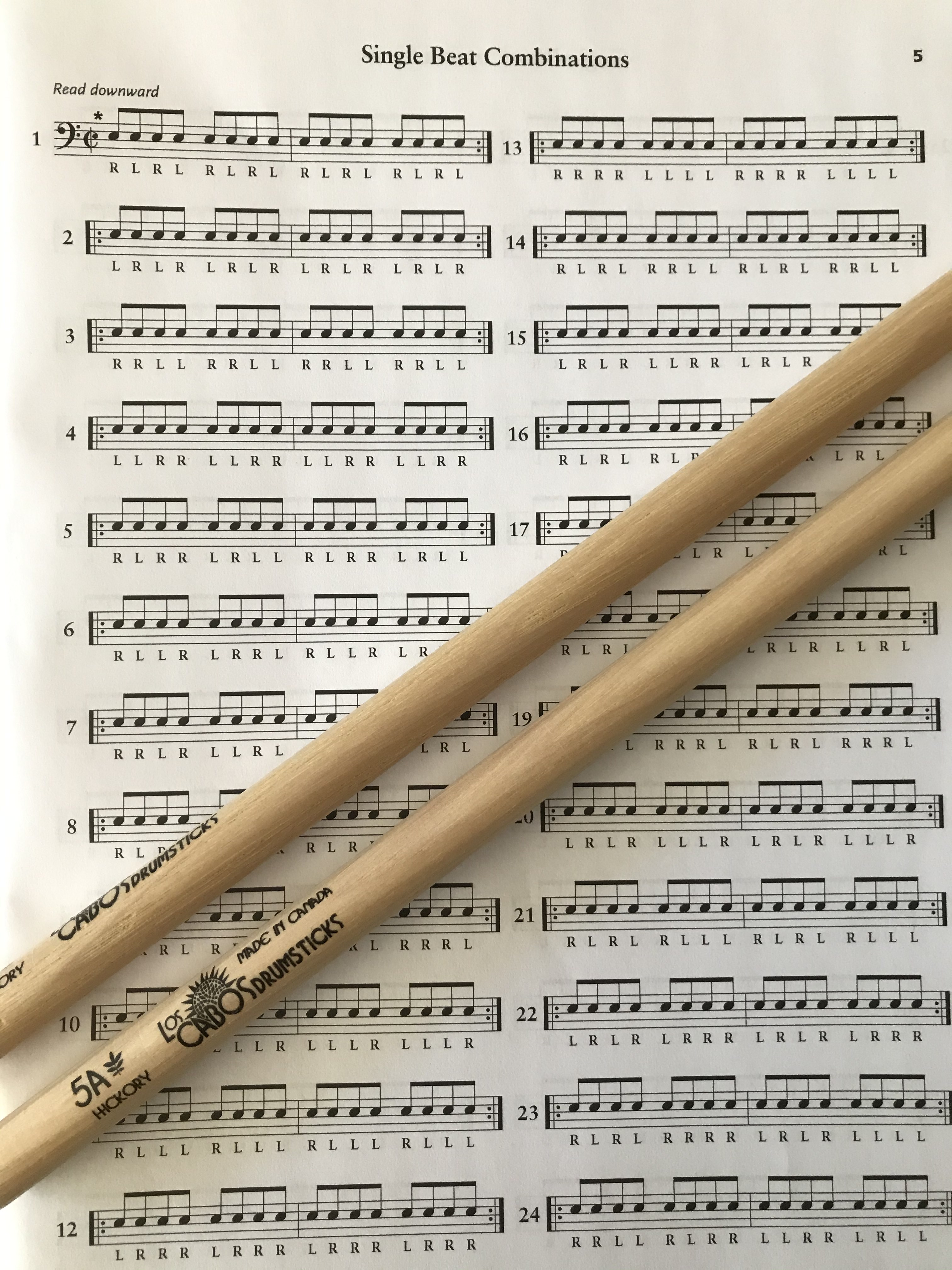
The first page of Stick Control’s single-beat combinations looked simple at first glance. There were 24 in total, exploring different left-right hand combinations in a consistent stream of eighth-notes. Should be easy, I thought.
The fifth combination was paradiddles. The muscle memory kicked in and the paradiddles flowed smoothly in a right-left-right-right, left-right-left-left sequence (say PA-RA-DI-DDLE, PA-RA-DI-DDLE). I was on a roll.
But number 6 through me for a loop. It consists of standard paradiddles, but staggered to start on the second or “RA” beat of the paradiddle. My brain cramped. I tried it a few times and could not get it to flow.
Breaking bad habits
I recovered a few combinations later, and started to enjoy the challenge to my brain, hands, and memory. One thing I noticed was the emphasis on ambidexterity — a challenge to my dominant right hand. The exercises alternate downbeats with both left and right hands. A good way to break drumming habits.
Ahead of me were a total of 72 single-beat combinations. And that is just the first section.
The author-composer is George Lawrence Stone, a serious-looking man with a rudimental drumming pedigree and track record of percussion performance and teaching in Boston. Stone died in 1967 but his method is still revered by modern drummers.
“It has helped me to sharpen the tools of expression,” drummer Steve Gadd wrote. You can’t question Gadd’s musical tools — he brought a crisp fusion to his drumming with Steely Dan, Weather Report and other progressive bands.
Putting in the hours
“To the uninitiated, the art of drumming appears easy,” wrote Mr. Stone in the preface to Stick Control — “so easy in fact that unless the drum student has had the advantage of expert advice, he (or she) may fail to realize the importance of the long hours of hard, painstaking practice that must be put in.”
Doing the quick math, I figured I had solo-practiced drums and percussion about 2,400 hours between Grade 6 and Grade 13, mostly in my parents Don Mills basement. (Thanks Mom, Dad, Louise and Andrew, and sorry for the racket.)
My drum teacher Glenn Price recommended at least an hour a day, and I put in the hours, with a few days off now and again. Adding in practices and performances in rock and jazz bands, stage bands, concert bands, percussion ensembles, music camp, and a brief stint in Humber College’s music program, let’s push that estimate to a total of 5,000 hours.
Author Malcolm Gladwell wrote about the 10,000-hour principle to achieve mastery in a skill — maybe this old guy still needed to get cracking.
Doing the math also reminded me that life was simpler back then. For today’s kids, with more distractions and technology, would it be tougher to practice music, or any art form or technical skill?
Delicacy and power
Stick Control, with its relentless combinations of single beats, triplets, short rolls, rudiments such as flams, and blends of the above, was definitely on my practice list back in the 1970s.
Stone promised that with regular “intelligent” practice, his collection of rhythms, “will enable one to acquire control, speed, flexibility, touch, rhythm, lightness, delicacy, power, endurance, preciseness of execution and muscular co-ordination to a degree far in excess of (one’s) present ability.”
I seconded that emotion.
Stick Control was back on my music stand.

